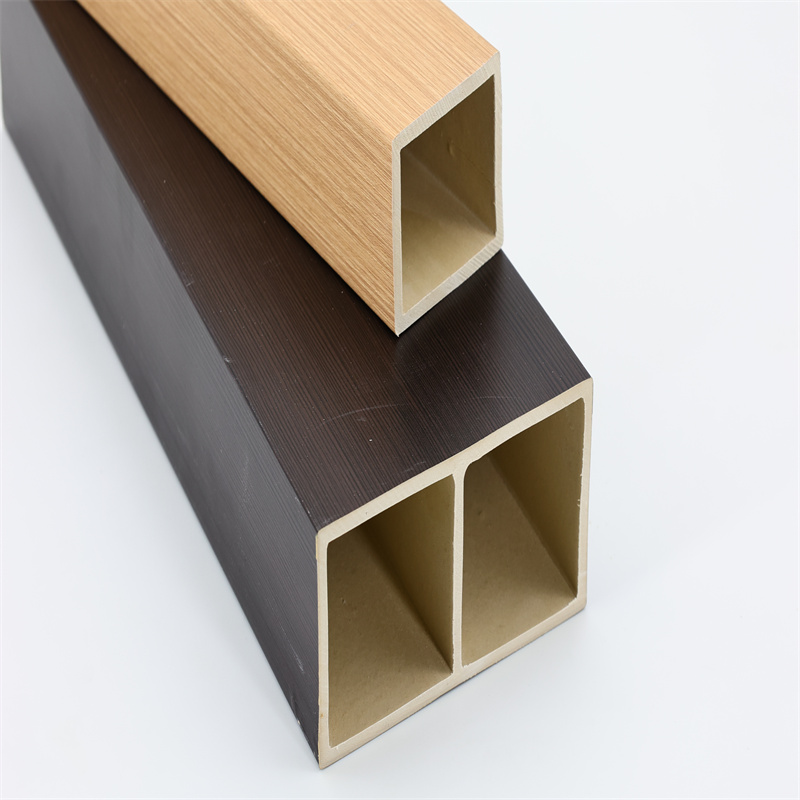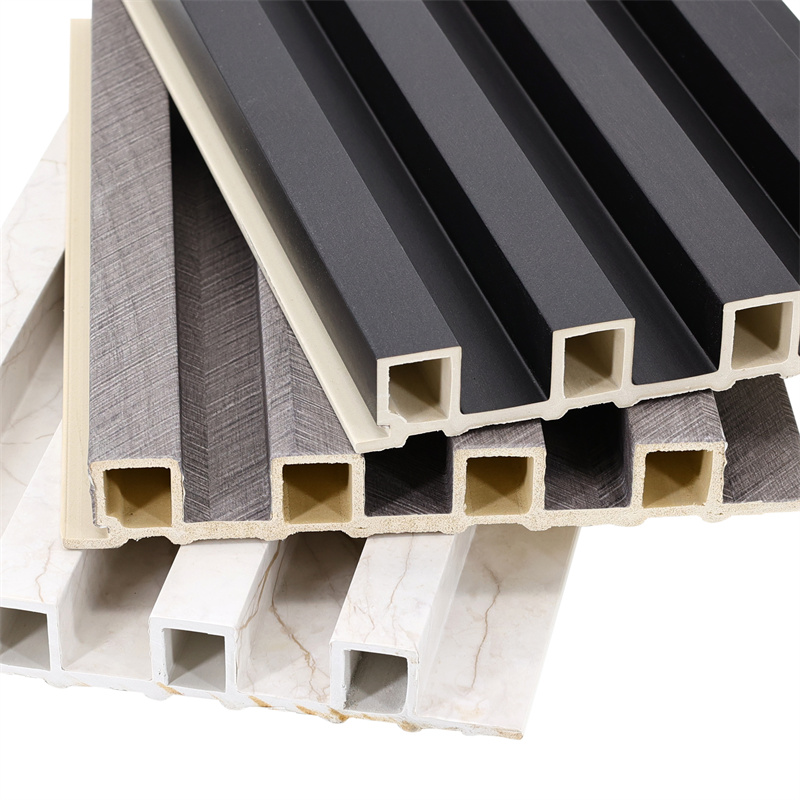
Wood Plastic Composite (WPC) wall panels have gained popularity as a sustainable and versatile alternative to traditional wall cladding materials.
WPC panels offer numerous benefits, including durability, low maintenance, and resistance to rot and insects. While the initial cost of WPC wall panels may seem appealing,
it is crucial for buyers to be aware of the hidden costs associated with this material. In this essay, we will explore four critical hidden costs that buyers should consider before investing in WPC wall panels.
I. Installation Complexity and Labor Expenses:
One of the hidden costs of WPC wall panels lies in the installation process. While some may assume that installing WPC panels is a straightforward task,
it can be more complex than expected. WPC panels require precise cutting, leveling, and fitting to achieve a seamless finish. Improper installation can lead to gaps,
misalignments, and aesthetic issues, which may require additional materials and labor to rectify.
Furthermore, WPC panels can be heavier than traditional materials, necessitating a skilled workforce to handle and install them properly.
Buyers should factor in the cost of hiring experienced installers or skilled contractors, which can significantly impact the overall budget.

II. Maintenance and Long-Term Costs:
WPC wall panels are often touted as low-maintenance solutions compared to natural wood or other materials.
While they do require less upkeep, they are not entirely maintenance-free. Over time, WPC panels may accumulate dirt, mold, or mildew, affecting their appearance and performance.
Regular cleaning and occasional treatments may be necessary to preserve the panels’ aesthetics and ensure their longevity.
Additionally, buyers should consider the long-term costs of potential repairs or replacements.
While WPC panels are durable, they are not immune to damage from extreme weather, impacts, or other external factors.
Any repairs or replacements may involve significant expenses, especially if the particular style or color is no longer available, requiring complete panel replacement.

III. Environmental Considerations and Recycling:
WPC wall panels are often promoted as eco-friendly due to their use of recycled materials and reduced demand for natural wood.
However, buyers should be aware of the environmental considerations related to WPC panels.
Although they incorporate recycled materials, the manufacturing process itself may generate emissions and consume energy and resources.
Furthermore, some WPC panels may contain chemical additives or binders that could be harmful to the environment.
Buyers should research the specific composition of the WPC panels they are considering and opt for products with lower environmental impact.
Recycling is another aspect to consider. While WPC panels are technically recyclable, not all recycling facilities may accept them,
leading to disposal costs and potential environmental burdens if the panels end up in landfills.
IV. Potential Health and Safety Concerns:
Another hidden cost associated with WPC wall panels pertains to potential health and safety concerns.
Some WPC panels may contain volatile organic compounds (VOCs) or other harmful substances, which can be released into the indoor air over time.
Prolonged exposure to VOCs can lead to health issues, including respiratory problems and allergies.
To mitigate such risks, buyers should opt for WPC panels that adhere to stringent safety standards and certifications.
These may come at a higher price, but the investment is worth ensuring a healthier indoor environment for occupants.
In conclusion, WPC wall panels offer a promising solution for sustainable and durable wall cladding.
However, buyers should be vigilant about the hidden costs associated with this material.
Installation complexity and labor expenses, maintenance and long-term costs, environmental considerations, and potential health and safety concerns should all be carefully evaluated.
By making informed decisions and considering the long-term implications, buyers can avoid unexpected expenses and make the most out of their investment in WPC wall panels.